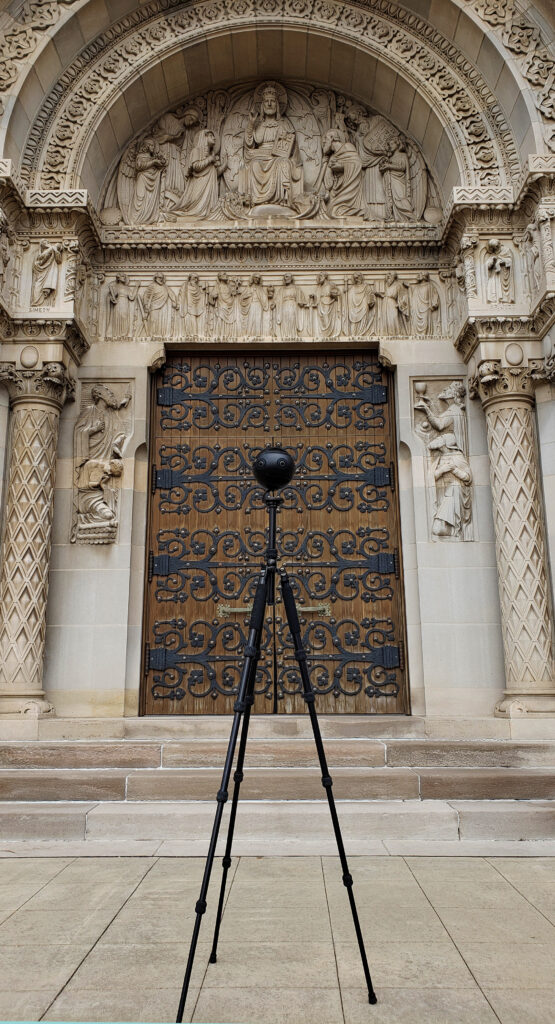About our virtual tours
What we do
We use 360 photography created with professional grade cameras to develop virtual reality tours that share the fascinating stories of history and archaeology with an emphasis on the rarely told stories of underrepresented groups. Our tours can be viewed on almost any device from cell phones to VR headsets and can include popups of text, images, audio, or video. These tours can be exported to be embedded in your website and don’t require a link to a paid account.

Cultural heritage tourism
We help historic and archaeological sites attract visitors and enrich the traveler’s experience through immersive, educational material. Virtual reality reaches a global audience and studies by the tourism industry have shown that virtual tours draw more visitors. In addition, adding 360 photographs of your site to Google Streetview increases its visibility for traveler planning a visit to the area.
Preservation and documentation
We document sites as a record in case that site is destroyed or becomes inaccessible. 3D History Trek offers a method of recording that is more cost-effective and faster than scanning or photogrammetry. Virtual tours can also help build support for historic preservation because their immersive nature often leads viewers to feel more engaged and emotionally attached to the content.
Education
We help keep students engaged and interested by presenting the past as interactive activities rather than static images on a screen or in a textbook. Virtual reality has been shown to increase retention and hold a student’s attention longer than a traditional lecture. Beyond the classroom, virtual reality is a valuable tool for the interested public and for scholars to study and share material.
Accessibility
We help individuals who can’t access a historic or archaeological site experience that location in virtual reality. There are many reasons why someone can’t visit a site ranging from physical disability to conflict and we strive to make our tours a welcoming option of the virtual traveler.
The tour below is the Spring Valley Methodist Church Museum and Laura Ingalls Wilder site, Spring Valley, Minnesota. The church was built in 1878 with stained glass windows salvaged from a 1715 church in Italy. This tour allows people interested in historic architecture to explore the site and lets fans of the Wilder books virtually visit from anywhere on the globe.
This tour of the archaeological site of Idalion in Cyprus was created to add to Google Street View. This not only helps draw tourists to the site but lets them see that most of the route is wheelchair accessible. The tour also allows the director to share the site with students and other audiences while presenting and teaching.
